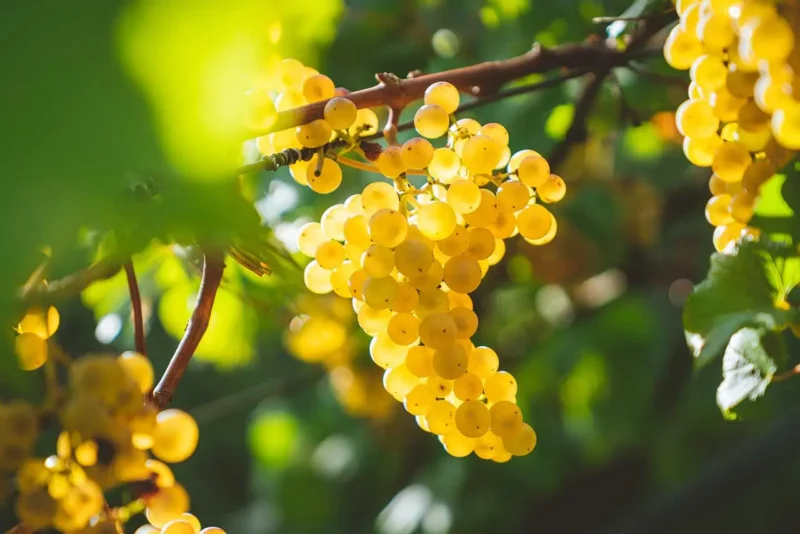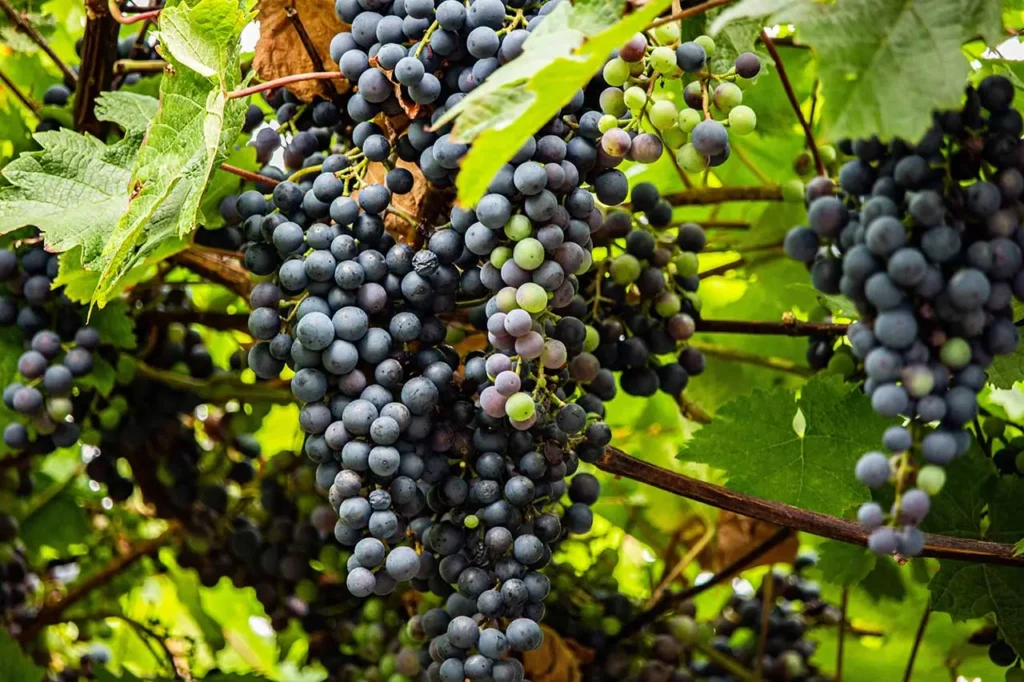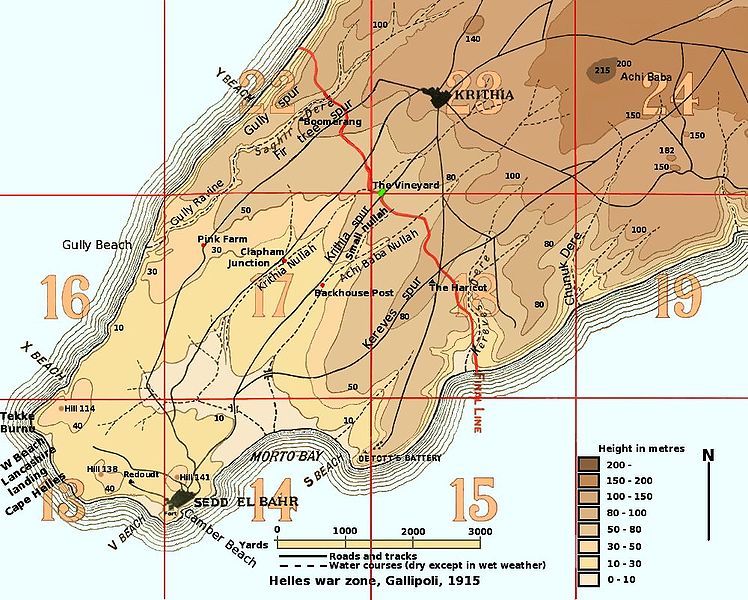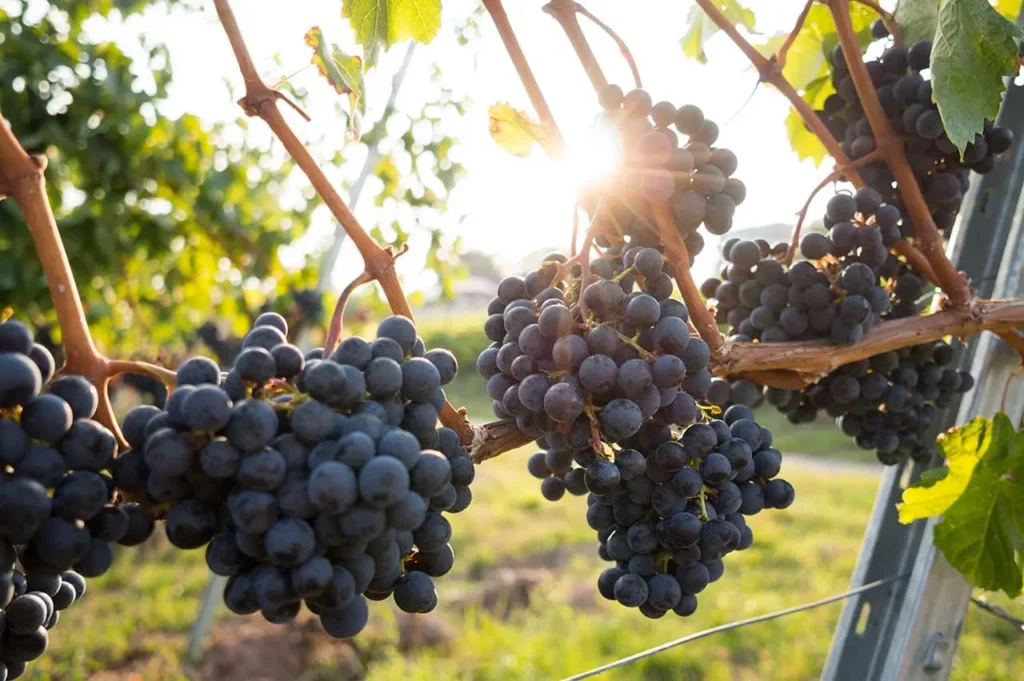Gallipoli Vineyards: A Journey from Historic Battlefields to Flourishing Wineries
Gallipoli Vineyards: A Journey from Historic Battlefields to Flourishing Wineries by Andrea Lemieux Gallipoli Peninsula On the European side of Turkey

Gallipoli Peninsula
On the European side of Turkey, a small, narrow peninsula extends off the mainland, neatly separating the Aegean and Marmara seas between the Dardanelles and the Gulf of Saros. This is the Gallipoli Peninsula. The peninsula forms the European side of the Çanakkale Province and today is home to beautiful beaches, nature, and quite a few Gallipoli Vineyards.
Visitors, domestic and foreign, flood this part of Turkey every year. They come to camp, play on the sandy beaches, visit war memorials, and tour the Gallipoli Vineyards. Gallipoli also serves as something of a “jumping off point” to the Turkish Aegean islands, Troy, and the ruins at Assos on the Asian side of the province.
While the beaches and nature have existed for some time, the wineries are a fairly recent addition and one need only visit the Gallipoli Vineyardsto be reminded that this beautiful and lush peninsula has a tragic past.
Glance into history: The Gallipoli Campaign
During World War I, the Gallipoli Campaign raged here from February 17, 1915 to January 9, 1916. What started as a sea battle for control of the Dardanelles took a deadlier turn in April, 1915 when the combined British, Australian, New Zealand, and European forces took the fight to land. During the eight months of combat, more than 250,000 people died. So many died on those beautiful beaches, before being able to scale the steep cliffs that form the peninsula’s spine, that Çanakkale’s Aegean-side beach was later renamed Kemikli Plajı, or Beach of Bones.
The campaign proved to be a huge defeat for not only the Allied Forces but personally for Winston Churchill whom history criticizes for needlessly sending in waves of troops to die long after the campaign should have been abandoned. And while the number of losses from Australian and New Zealand forces pale in numbers compared to those of Ottoman and British, this campaign remains one of the biggest scars in their military history. Known as Anzac Day, the April 25th landing is commemorated annually with deeper significance than even Remembrance Day.
Finding Beauty in Tragedy

As a rule, humans do not like the ugly. We want to see and experience beauty whenever and wherever possible. It would be easy to leave the earth scarred by war and walk away from it. But to do so would disrespect both those who fell on the battlefield as well as the land scorched by the fighting. The peninsula’s name, Gallipoli, is the Italian form of the Greek name Καλλίπολις, meaning ‘beautiful city’, the original name of the modern town of Gelibolu. Now, thanks to the efforts of those paying respect to the fallen, and to the efforts of those who settled here after the war, it is once again a beautiful city.
Today, you cannot visit the peninsula without seeing war memorials. You do not even have to try to see them. So numerous and (in some cases) gigantic are they that you cannot help but see them and remember the great losses here. The Commonwealth War Graves Commission (CWGC) oversees 31 cemeteries on the peninsula. Memorials such as the Lone Pine Memorial, Hill 60, Chunuk Bair, Twelve Tree Copse Memorial, and Helles Memorial commemorate British, Australian, Indian, and New Zealand losses. While there are no large Ottoman military cemeteries, numerous memorials, including the Çanakkale Martyrs’ Memorial. Cape Helles, the Turkish Soldier’s Memorial on Chunuk Bair, and the memorial and open-air mosque commemorate their losses.
So deeply meaningful are these cemeteries and memorials for all who were involved in the campaign that Anzac Day remembrance ceremonies cross the borders of all these countries. People make pilgrimages to Çanakkale year-round. In eight years in Turkey I have never met one visiting or local Australian or New Zealander who has not visited at least once.
Gallipoli Vineyards: From Trenches to Trellises



The Gallipoli Peninsula enjoys a largely Mediterranean climate and benefits from cross breezes from both the Aegean and the Marmara seas. There is not a large diurnal temperature variation, but the cross breezes and moderately high elevations allow grapes to ripen while retaining sufficient acidity.
Grape varieties grown here include a mix of native and international including Boğazkere, Bornova Misketi, Kalecik Karası, Karasakız, Öküzgözü, Papazkarası, Yapıncak, Cabernet Franc, Cabernet Sauvignon, Chardonnay, Malbec, Merlot, Petit Verdot, Pinot Noir, Sauvignon Blanc, Syrah, Viognier…the list goes on.
Gallipoli Vineyards range from small production to large scale and while the majority are clustered around Eceabat on the tip, there are wineries dotted along the entire peninsula.
Closest to where the peninsula starts to veer off from the mainland is Gali Bağları. Gali specializes in Merlot-based wines similar to those produced in Bordeaux’s Right Bank. Further along is Ergenekon, a winery owned by former wine writer Şeyla Ergenekon and focusing on organically grown French varieties. The other three must visit wineries at the Gallipoli Vineyards sit in Eceabat: Asmadan, Suvla, and Etruscan. Asmadan has recently opened a winery and hotel near its Eceabat vineyards. Suvla is one of Turkey’s largest wineries and at its winery/shop/restaurant you can taste a vast array of domestic and international grape-based wines. The most recently opened Etruscan Vineyards also focuses on French grapes. On the other side of the peninsula from Eceabat, Porta Caeli winery/hotel nestles among rolling hills and woodland (and also grows only French varieties).
Most accept visitors and provide tours with advance booking. And since several of the wineries also have onsite hotels, the winery experience you can have is limited only by how much time you have. While the grape composition in this part of Turkey is largely homogenous, each winery has something unique to offer.
“Those heroes that shed their blood and lost their lives… you are now lying in the soil of a friendly country. Therefore, rest in peace. There is no difference between the Johnnies and the Mehmets to us where they lie side by side here in this country of ours… You the mothers who sent their sons from faraway countries wipe away your tears. Your sons are now lying in our bosom and are in peace. After having lost their lives on this land they have become our sons as well.”
The haunting beauty of Gallipoli awaits all who wish to explore all that it offers. Even if you are not able to visit the Gallipoli Vineyards in the peninsula, this April 25th, raise a glass of wine in remembrance and call to mind the words purportedly spoken by Atatürk to commemorate those who fell here.
Enjoyed this article? Read more by our wine expert and wine-tasting host Andrea Lemieux on her blog here.

Leave a Reply